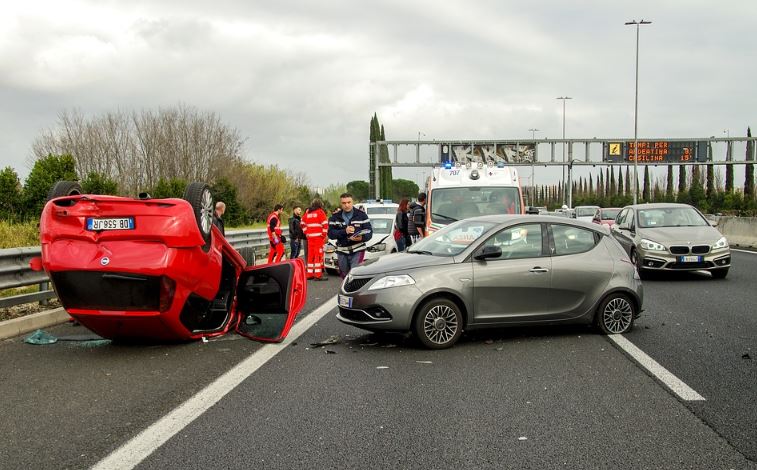 Being involved in a car accident or dealing with a crash is not a pleasant thought, but accidents do happen. When they do take place, it’s important to know what to do, especially when you are the person who witnesses one.
Being involved in a car accident or dealing with a crash is not a pleasant thought, but accidents do happen. When they do take place, it’s important to know what to do, especially when you are the person who witnesses one.
If you take the correct steps following a crash, you can prevent terrible circumstances from deteriorating and make sure that vehicle protection insurance is paid out easily. Watching an auto crash take place in front of you requires a cool and calm reaction under horrible conditions.
Your reactions will, to a great extent, be determined by the seriousness of the accident and the degree of the injuries. However, there are some broad rules to remember. By following these tips, you’ll be better equipped to help your kindred drivers until crisis responders show up.
Nobody wants to be involved in an auto collision. In any case, being ready and knowing what to do if you witness a crash can save lives, alleviate wounds, and make the case’s procedure more straightforward and simplified.
Below are some pointers to keep in mind in case such an event occurs:
Guarantee Your Safety First
If you are driving when you witness a crash, pull over to the side of the street at least 100 feet from the scene if you are able to, and turn on your hazard lights. You need to get far enough away so that you don’t place yourself in danger of broken glass, spilled fuel, or a fire.
Call 911
Never assume that another person has already called 911. Regardless of whether or not the crash area seems serious, authorities ought to be alerted. Tell the 911 administrator you have witnessed a crash, your location, the number of individuals involved, and other relevant information.
Check on the Victims
When you’re sure that it’s safe to approach the scene, assess the state of the accident victims to ensure they are alright and offer assistance, if you are capable. While this can be a chaotic moment, try to focus on what’s relevant and remember that this isn’t the time to decide who is to blame for the mishap or make decisions on what the other drivers were thinking.
A general guideline is never to apologize at the scene. Unless there’s a danger of the vehicle bursting into flames, under any conditions, do not move an injured individual. You could inadvertently worsen their injuries. Give the responding medical experts a chance to care for the wounds, but you can provide comfort and encouragement by consoling other victims that help is on the way.
Give a Statement and Provide Contact Information
Some bystanders will be gawking at vehicles involved in an accident. When the police show up, identify yourself as a witness and offer your contact data. In the days and weeks following the incident, you might be reached as an observer by law, medical specialists, and insurance claims operators. Be straightforward, truthful, and reliable with your information.
Auto crashes can be upsetting for both victims and spectators. The ideal approach to manage a mishap is to remain on the scene and report what you’ve seen. Leave your vehicle to render help only if it is safe to do so. Your best move is to safely help or comfort the victims until emergency help arrives. What you do can have a major effect on the victims’ outcomes.

